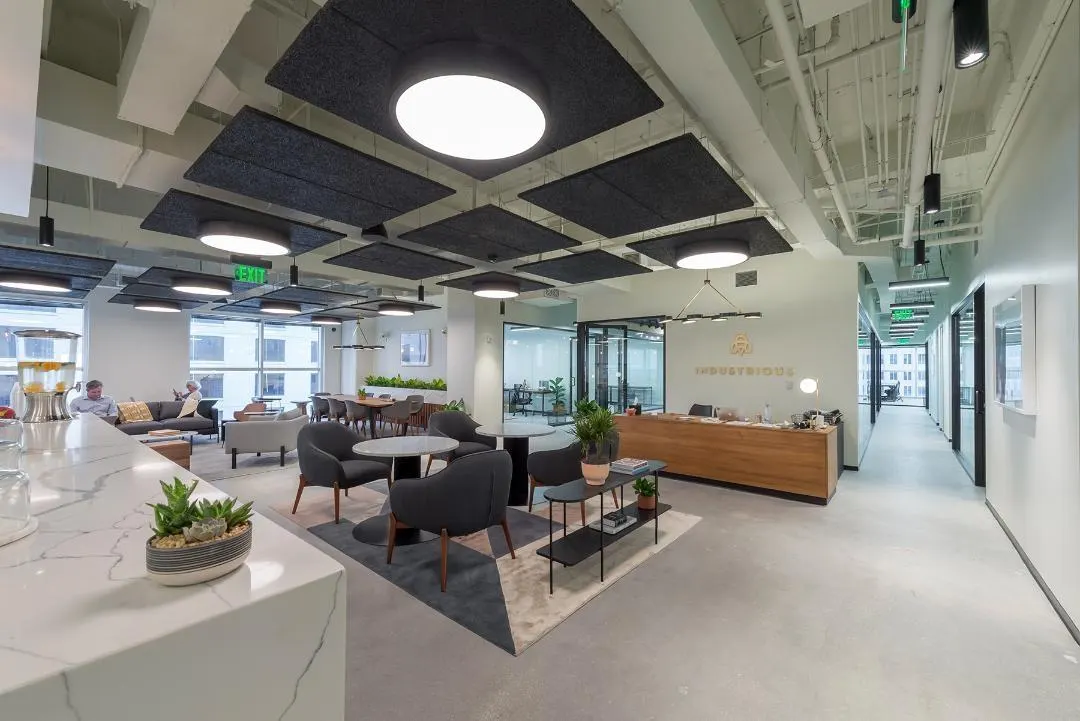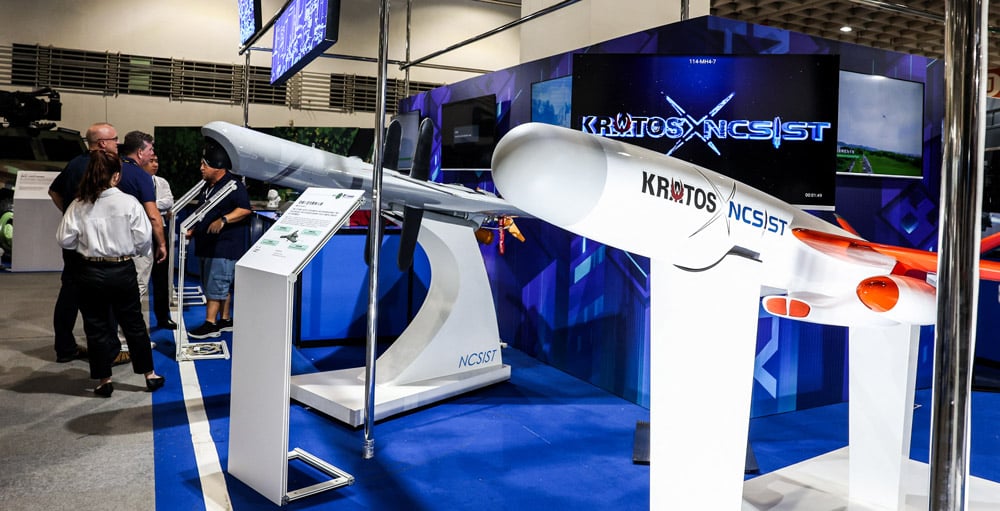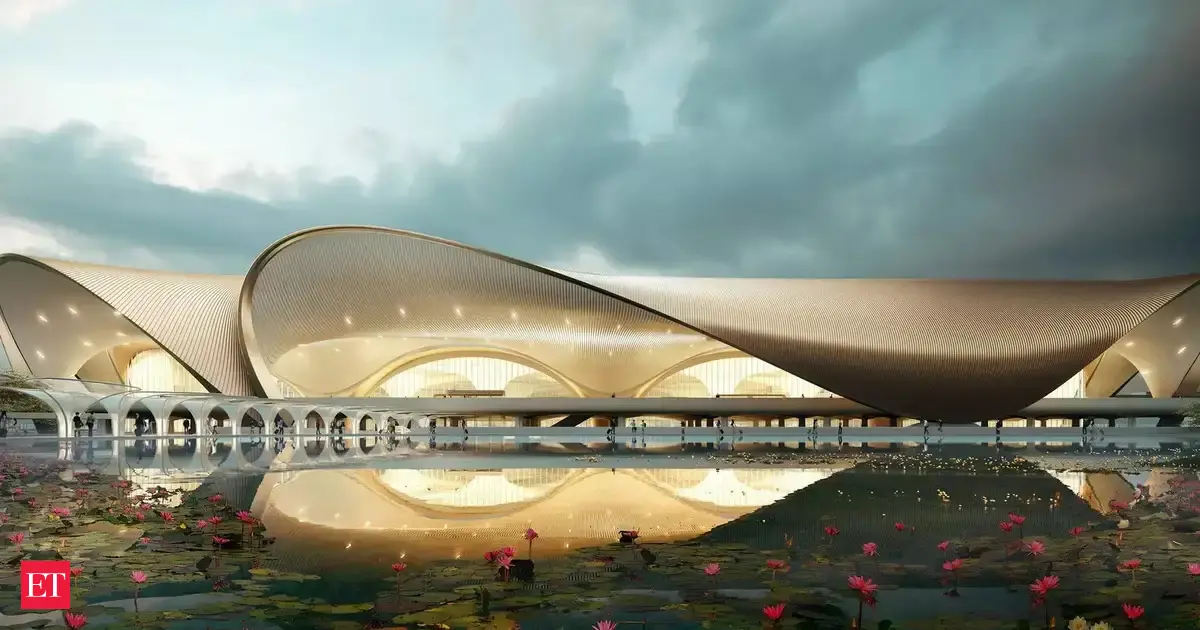By Contributor,Jeffrey Steele
Copyright forbes

Flexible seating and adaptable common areas are among top trends in today’s office design.
Baker Barrios Architects
The post-pandemic press favored a number of oft-revisited topics. One popular theme: The downsizing of office space. Once Covid took its toll, employers found they didn’t need as much space as once assumed. Many undertook a flight to quality, and ended up paying about the same for fewer square feet in higher-quality office buildings.
A half decade after the pandemic’s nadir, the theme’s being rewritten. Some employers continue to downsize. But others are choosing to increase their office space in the name of teamwork, inclusion of quiet spaces, employee comfort, and activity-based office layouts. Some are seeking extra space for amenities, expansion, smart office systems, advanced technology or simply because larger offices carry greater brand cachet.
CBRE’s 2025 Americas Office Occupier Sentiment Survey, released several weeks ago, found an increasing majority of office occupiers (67% this year, versus 64% last), anticipate maintaining or expanding space during the next three years.
The share of companies anticipating space contraction has gone from a peak of 53% in 2023 to 33 percent in 2025. Among reasons occupiers gave for expanding: Expected business or headcount growth, responding to the over-contraction that took place during Covid, or a need to support new workplace design standards and programs.
Reevaluations aplenty
It’s evident many companies are re-evaluating their office footprints in an effort to find the best size for their needs over the next five or so years. Determining a “Goldilocks” footprint – one not too large, not too small, but just right – is not an easily undertaken endeavor. Among the important considerations: Building flexibility into office leases and layouts. Proactively gauging future workplace space needs. Leveraging office design as a key element in change management. And understanding why “nice-to-have” office features of the past are “must-haves” in the post-pandemic, return-to-office era.
MORE FOR YOU
To gain a better grasp of these issues, four industry experts were interviewed. Below, Ben Azulay, president of national brokerage at Bradford Allen; Marilyn Russell, director of workplace strategies for Baker Barrios Architects; Tom Murphy, managing director for Hiffman National; and Michael Klein, co-founder and managing principal, Glenstar, share their thoughts on how to determine the optimal footprint for today’s offices.
On the issue of incorporating flexibility in office design, Russell believes one key to adding impactful flexibility is through the use of office furnishings. “Modular pieces that can be reconfigured into different layouts, from industrial spots for focused work to a group set-up for meetings, make any space multifunctional,” she says.
“There are also now what we call office pods, which are essentially moveable individual booth set-ups, which create private space that can be configured in any layout and moved to suit the needs of the office space on a day-to-day basis.”
Forecasting needs
Being able to assess a company’s space requirements over the coming years is an imprecise science, Azulay says. But long-term forecasting in such areas as hiring can help make the predictions more accurate. “I’d also advise firms to really think about what kind of space they are utilizing now and decide if they still need that,” he adds.
“We have clients who say, ‘We don’t really use our large conference room. Do we need it?’ If you’re only using it every couple of months, you probably don’t need your own. Look for buildings that have their own conference center you can rent as needed.”
Murphy reports change management is a key factor for which employers must plan. Employees resist returning to offices, so companies should use surveys to identify misgivings about returning. “Design is a bridge,” he adds. “By incorporating residential touches like soft lighting, biophilic elements and flexible furniture configurations, we help create spaces where employees actually want to be, not have to be.”
Klein is among those observing that features once considered nice extras are today essential. “The flight to quality is pushing the market to evolve, and we see that as a healthy reset,” he says. “Properties that deliver meaningful, engaging tenant experiences will continue to lead the way in shaping the future of office.”
Editorial StandardsReprints & Permissions



